Image Archive

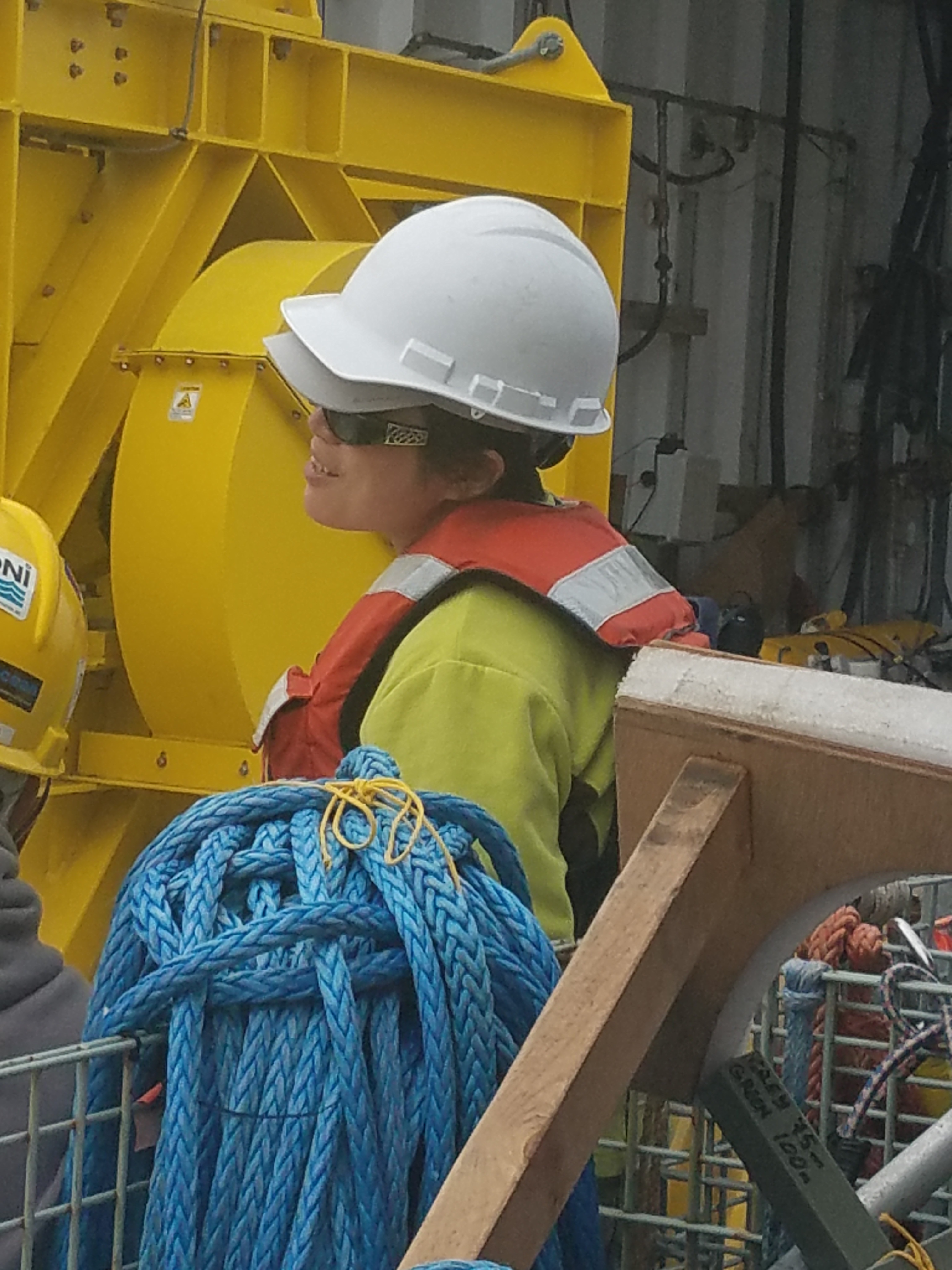

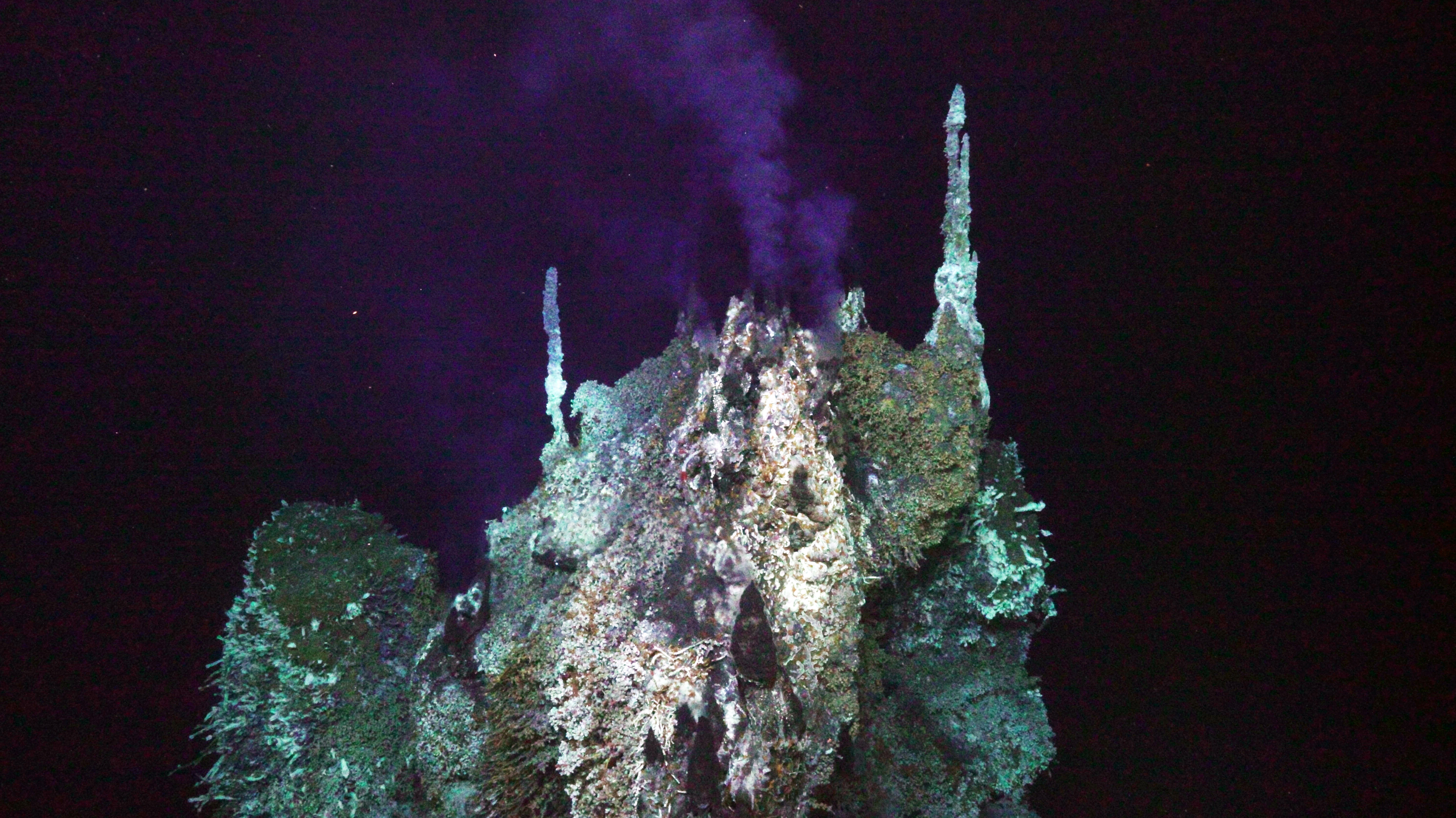

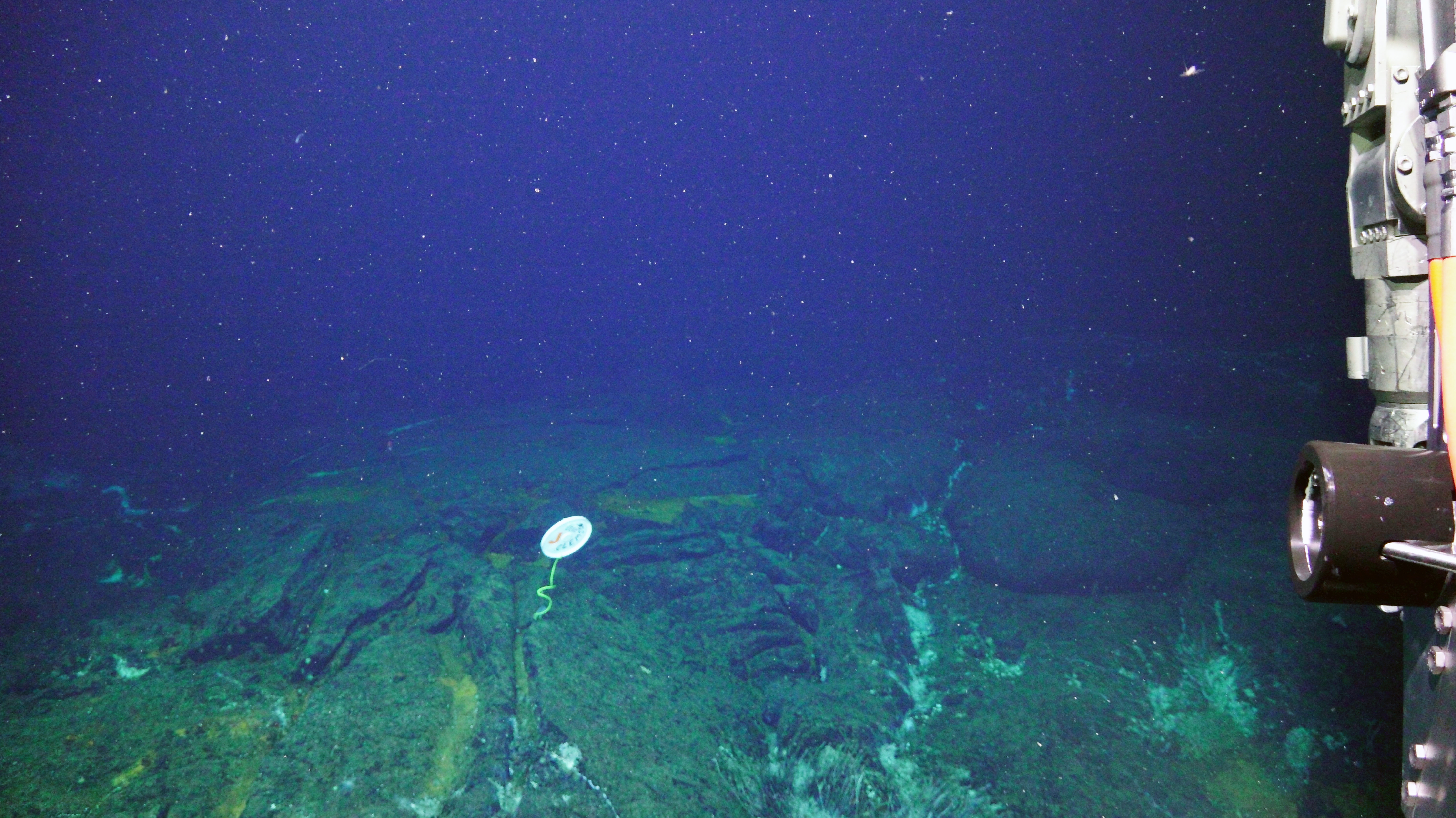













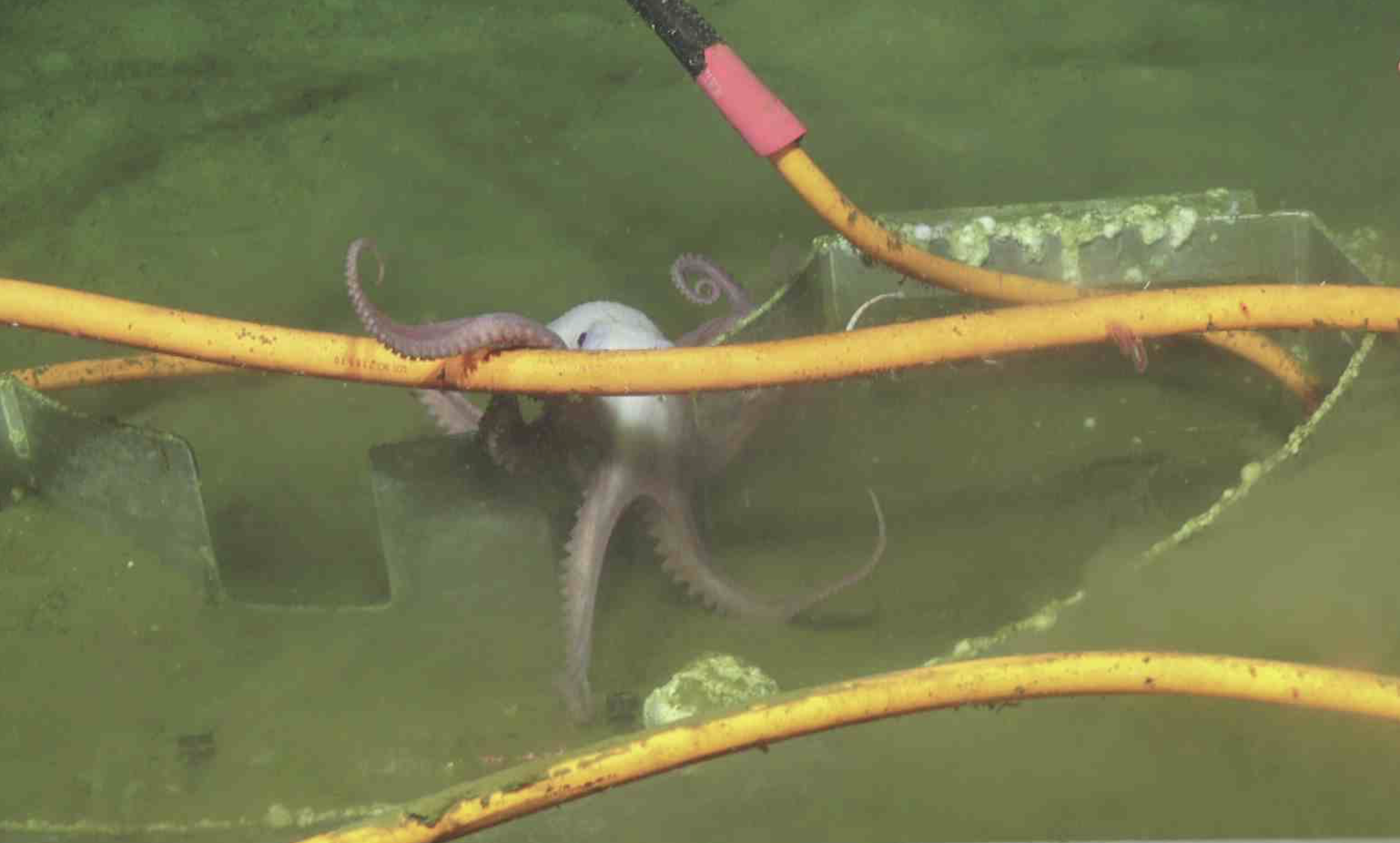

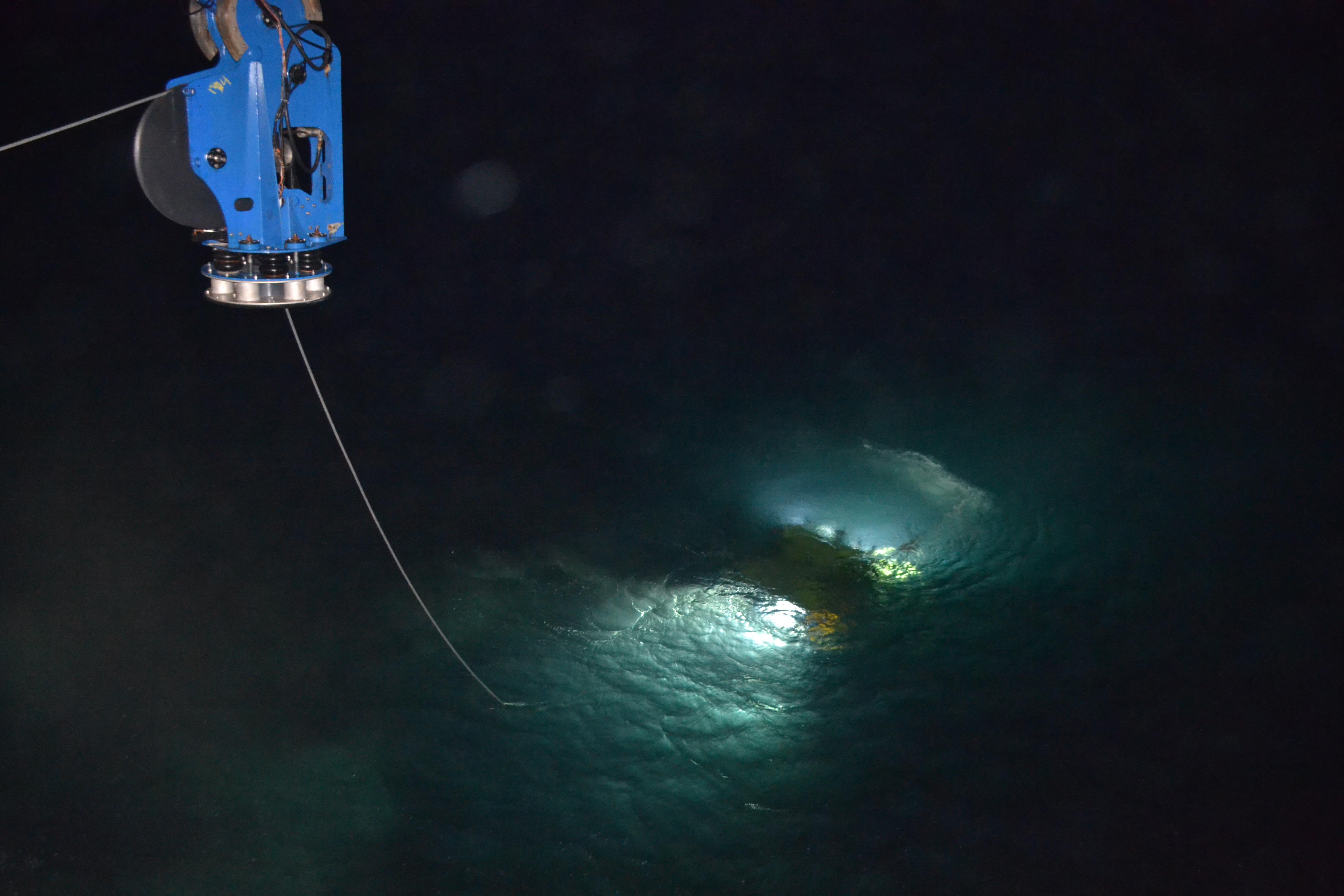







APL engineer Chris Siani tests an escape hatch during a safety drill. Credit: K. Gonzalez, University of Washington, V18

Wu Jung in Two Hats. Credit: K. Gonzalez, University of Washington, V18

Romina in the Main Lab

Inferno Hydrothermal Vent, 2018 Credit: UW/NSF-OOI/WHOI, V18.

Tubeworms on the Inferno Vent displayed on the monitors inside the Jason van. Credit: R. Cennturion, University of Washington, V18

A marker on basalt at ASHES hydrothermal vent field. Credit: UW/NSF-OOI/WHOI, V18.

Tubeworms, limpets, and other life thrive on the hydrothermal vent Inferno surveyed during dive J2-1092. Credit: UW/NSF-OOI/WHOI, V18.

The newly deployed deep profiler at Axial Base during dive J2-1091. Credit: UW/NSF-OOI/WHOI, V18.

A hyperiid amphipod we caught in 2017. Credit: W. Lee, University of Washington, V18.

Tucker trawl trajectory on the 2018-07-21 tow. The background is an "echogram" assembled by compiling the amplitude of echo returns from the ship ADCP. The rain drop-like features on the echogram are interference from other acoustic instruments operating at the same time. The white net trajectory here was obtained by a time-depth recorder that was attached to the net. Credit: W. Lee, University of Washington, V18.

It takes many hands to put the Tucker trawl together. Credit: M. Elend, University of Washington, V18.

Tucker trawl right before it went into water. Note the flowmeter we attached to the middle of the net. Credit: M. Elend, University of Washington, V18.

Jason is cradleing the Deep Profiler to be launched at Axial Base. Credit: Evan Davis, University of Washington, VISIONS18

Romina Cennturion titrating oxygen samples on board the RV Revelle. Credit: Julie Nelson, University of Washington, VISIONS18

University of Washington students Katie Gonzalez and Eve Hudson sample the CTD Rosette. Credit: M. Elend, University of Washington, V18.

Deploying the CTD Rosette. Credit: M. Elend, University of Washington, V18.

Deploying the Deep Profiler with Jason. Credit: Mitch Elend, University of Washington, VISIONS18

APL engineer Nic Hart next to the deep profiler loaded onto Jason. Credit: M. Elend, University of Washington, V18.

California State University undergraduate Evan Davis samples oxygen from the CTD rosette taken at Slope Base. Credit: J. Nelson, University of Washington, V18.

An octopus making its home in a flange box at Slope Base, 2900 m water depth. Credit: UW/NSF-OOI/WHOI, V18.

Deep Profiler Deployment Photo by Romina Cennturion, University of Washington, VISIONS18

Jason on the surface at the begining of dive J2-1086 at Slope Base. Credit: Y. Meghare, Univeristy of Washington, V18.

The Leg 4 VISONS18 particpants get geared up for an exciting two weeks on the R/V Revele. Front, left to right: Eve Hudson (University of Washington, undergraduate), Katie Gonzalez (University of Washington, undergraduate). Back, left to right: Romina Centurion, Evan Davis (California State Univeristy Chico, undergradaute), Jasmine Durant (Grays Harbor College, recent graduate), Julie Nelson (Grays Harbor College, professor), Yash Meghare (University of Washington, recent graduate).

The wire crawler of the Deep Profiler at the Oregon Offshore (600 m) Site is deployed by the UW-APL Ocean Engineering Team. Credit: J. Durant, University of Washington, V18.

The docking station for the Deep Profiler at Oregon Offshore (600 m) site is deployed by the UW-APL Ocean Engineering Team. Credit: J. Durant, University of Washington, V18.

Nicolas C. Michel-Hart (APL Principal Engineer) attaches a "Yale" cable grip to the Offshore Deep Profiler Mooring cable for recovery. Tim M. McGinnis (APL Sr. Principal Engineer) and Trina M. Litchendorf (APL Oceanographer IV) assist. Credit: M. Elend, University of Washington, V18.

A view from the logger station inside the Jason control van during dive J2-1086. Credit: R. Cennturion, University of Washington, V18.

UW undergraduate Katie Gonzalez secures a line during the deep profiler deployment at Slope Base. Credit: Y. Meghare, Univeristy of Washington, V18.
- Anemone
- Animal
- Arthropod
- ASHES
- Axial
- Axial Base
- Axial Biology
- Axial Caldera
- Bacteria
- Basalt Lava
- BEP
- Biofouling
- biolgoy
- Biology
- Camds
- Camera
- Camhd
- Central Caldera
- Ciliates
- Cnidaria
- Coastal Biology
- Crab
- Deep Profiler Mooring
- Dive Highlights
- Eastern Caldera
- Echinoderms
- Endurance Array
- Engineering Team
- ENLIGHTEN 10
- Exploratorium
- Fish
- Geology
- HD Camera
- HPIES
- Hydrate Ridge
- Hydrates
- Hydrophone
- Hydrothermal Vents
- Illustration
- Inshore 80 Meters
- Instrument
- International District
- J-BOX
- Jason
- Jellyfish
- Junction Box
- K12
- Lava
- Mollusk
- Moorings
- Nodes
- Nudibranch
- Octopus
- OOI
- Oregon Offshore
- Oregon Offshore 600 m
- Oregon Shelf
- Oregon Slope Base
- People
- PN1B
- PN1D
- Polychaetes
- PPSDN
- Primary Node
- RASFL
- ROCLS
- ROPOS
- ROPOS Dives
- ROV Team
- RV Revelle
- RV Sikuliaq
- RV Thompson
- Salp
- Sample
- SC13
- Science Team
- Sea Cucumber
- Sea Star
- Sea Urchin
- Seafloor
- Seismometer
- Sensors
- Shallow Profiler Mooring
- Shark
- Shipboard
- Shore Station
- Slope Base
- Smoker
- Soft Coral
- Southern Hydrate Ridge
- Sponge
- Squid
- Students
- Students & Guest Participants
- Tmpsf
- Tubeworms
- VISIONS 11 Leg 1
- VISIONS 11 Leg 2
- VISIONS 11 Viewers
- VISIONS 13
- VISIONS 14
- VISIONS 15
- VISIONS 16
- VISIONS 17
- VISIONS 18
- VISIONS 20
- VISIONS 22
- VISIONS 23
- Visualization
